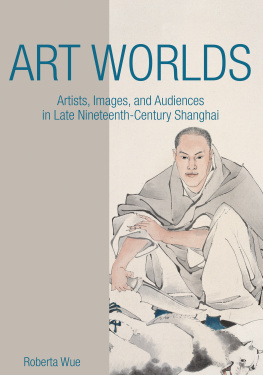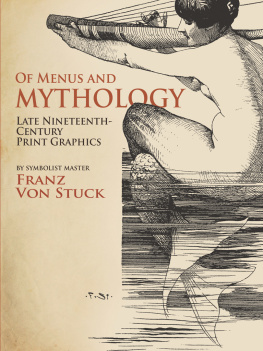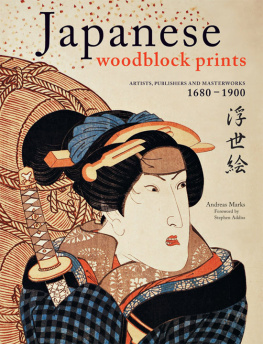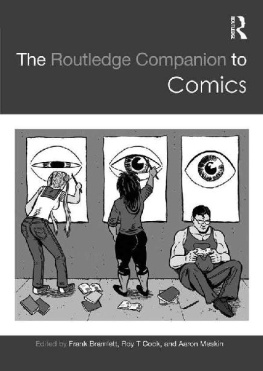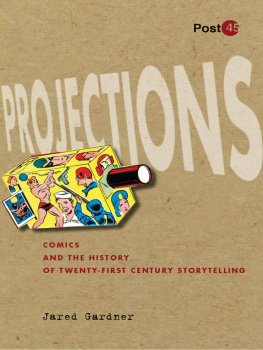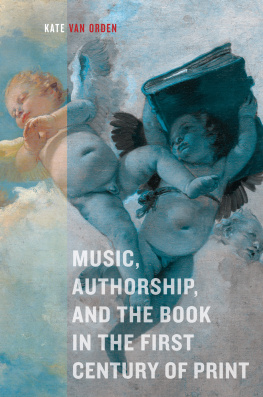Another World
Another World
NINETEENTH-CENTURY ILLUSTRATED PRINT CULTURE
Patricia Mainardi

Copyright 2017 by Patricia Mainardi.
All rights reserved.
This book may not be reproduced,
in whole or in part, including illustrations, in any form (beyond that copying permitted by Sections 107 and 108 of the U.S. Copyright Law and except by reviewers for the public press), without written permission from the publishers. yalebooks.com/art
Designed by Leslie Fitch
Set in Crimson and Source Sans Pro
type by Leslie Fitch
Printed in China by Regent
Publishing Services Limited
Library of Congress Control
Number: 2016930356
ISBN 978-0-300-21906-7
eISBN 978-0-300-22378-1
A catalogue record for this book is available from the British Library.
This paper meets the requirements of ANSI/NISO z 39.48-1992 (Permanence of Paper).
10987654321
Jacket illustrations: (front) Grandville, Cast Shadows [Les ombres portes] ()
Frontispiece: Charles-Joseph Travis, You Have to Admit That the Head of State Looks Pretty Funny (detail of )
CONTENTS
ACKNOWLEDGMENTS
Another World began as a study of the early years of comics. I soon realized that they could not be considered in isolation because comics were part of a complex of interrelationships among artists who worked in several media at the same time, new technology, and new audiences. As I tried to understand the beginnings of this new art form, my work on comics gradually expanded to include other areas of illustrated print culture. This book is the result.
Along the way I have benefited enormously from the generosity of my peers. I am especially grateful to the Research Foundation of the City University of New York, to the Institut National dHistoire de lArt (INHA) in Paris, and to the Yale Center for British Art for their support, which enabled my research over several years. Colloquia and symposia gave me the opportunity to present the earliest drafts of my work and to continually revise it. A special thank you to Sgolne Le Men, whose writing has been an inspiration for my own, and who organized the 2006 colloquium at INHA, Caricature: Bilan et recherche, where I first presented aspects of this study. An appointment as Van Gogh Professor at the Van Gogh Museum and the University of Amsterdam in 2008 provided me with my earliest opportunity to survey the spectrum of nineteenth-century print culture and begin to formulate the outline of this book. Kevin Murphys 2009 symposium Ephemera: Impermanent Works in the Literary and Visual Culture of the Long Nineteenth Century at the CUNY Graduate Center enabled me to discuss popular prints; Ben Katchors 2010 symposium The Artist as Author at Parsons, The New School for Design, encouraged me to look at artist-driven texts; and Jennifer Tonkovichs 2011 Morgan Library symposium Drawing in the Age of Revolution gave me the opportunity to formulate what became my first chapter, Drawings Stepchild. Most recently Marie-Eve Threntys 2015 colloquium on Presse et littrature du XIXe au XXIe sicle at the NYU Institute of French Studies and Christiane Schwabs 2015 Dissecting Society: Periodical Literature and Social Observation (18301850) at NYUs Center for International Research in the Humanities and the Social Sciences (CIRHUS) permitted me to discuss my work with specialists in these areas. I am also thankful for the chance to offer lectures and presentations that contributed to this work at the Muse dOrsay, the Metropolitan Museum of Art, the University of Pennsylvania Material Culture Workshop, NYUs Maison Franaise, and, several times, at the College Art Association annual conference.
Among the many friends and colleagues to whom I owe debts of gratitude, I am especially grateful to Herman Lebovics, whose incisive reading has greatly improved this text. Vanessa Schwartzs and Ruth Iskins comments have proved invaluable. Colleagues in art history and especially in the world of prints have been generous with their time and advice: I thank warmly Philippe Bordes, Veronique Chagnon-Burke, Marie-Claude Chaudonneret, Elizabeth Childs, David Christie, Petra ten-Doesschate Chu, Therese Dolan, Stephen Edidin, Madeleine Fidell-Beaufort, Gillian Forrester, Andrea Immel, Ben Katchor, Diane Kelder, Lars Kokkonen, Marilyn Kushner, Heather Lemonedes, Karen Maguire, Constance McPhee, Nadine Orenstein, Caterina Pierre, Mary Frances Zawadzki. Friends, in particular Iska Alter, Faiza Bellounis, William Long, Pamela Mainardi, and Jessica Robinson, have helped in numerous ways; at Yale I thank Amy Canonico, Heidi Downey, Sarah Henry, and Leslie Fitch. In many ways they are all coauthors of this project, and whatever value it has I happily share with them.
Where known, I have included the names of engravers (engr.) and lithographers (lith.), although they were not always identified. Mr as an abbreviation for Monsieur often appears in titles of early comics, so I have left it in my French citations wherever it occurs, while using Mr. for translations. All translations are my own unless otherwise identified.
Introduction
Another World
Between the late eighteenth century and the beginning of the twentieth, more prints, illustrated books, magazines, and newspapers were produced in the Western world than in previous centuries combined, an efflorescence comparable only to the period following Gutenbergs invention of movable type when printed material first circulated widely in Europe. This book is about the next wave of illustrated print culture, a tidal wave in comparison to the first, and one that ushered in the modern world. To borrow the title of the 1844 visionary novel by the artist known as Grandville, this period constitutes Another World, adjacent to our own, both familiar and vastly different at the same time. Only gradually did that other world become our world, where we are bombarded with images on a daily basis. Not only was there a proliferation of imagery throughout the nineteenth century, there were new kinds of images, or old kinds of images in new media. Until recently only bits and pieces of this history had surfaced, often in relation to high-art production, when a particular image was discovered to have influenced a particular painting.
Much of this transformation took place in France, the epicenter of this media explosion and the main focus of this book. Nonetheless, art was becoming global in that period, as were steam shipping and the textile trade. International exchanges of technology and genres informed the development of illustrated print culture everywhere, and so this discussion must range across national borders. This is not a book about illustration, however, if that word is understood to imply a hierarchy between word and image in which images are subordinate to text. Nor can this be an exhaustive study of illustrated print media, which would necessitate numerous volumes. It is, instead, a book about the development of the new graphic language enabled by advances in reproductive technology, a vernacular language of drawing that developed parallel to, and at times in opposition to, the language of high art. Rather than offering the reader yet another theoretical analysis of popular culture, although this literature has helped greatly in situating my theme, what I have written is more in the nature of an archaeology of the stratum of visual imagery lying just below the surface of high art.
In any study of visual culture, the prime question is always how wide a net to cast. Artisans and the petite bourgeoisie could afford prints, some books, and the less expensive periodicals, and the bourgeoisie and aristocracy constituted the audience for richly illustrated and luxuriously bound publications of all genres. As a result, we cannot discuss illustrated print culture as though it had a clearly definable audience but must, instead, see it as a prism reflecting a multitude of facets.
Next page


